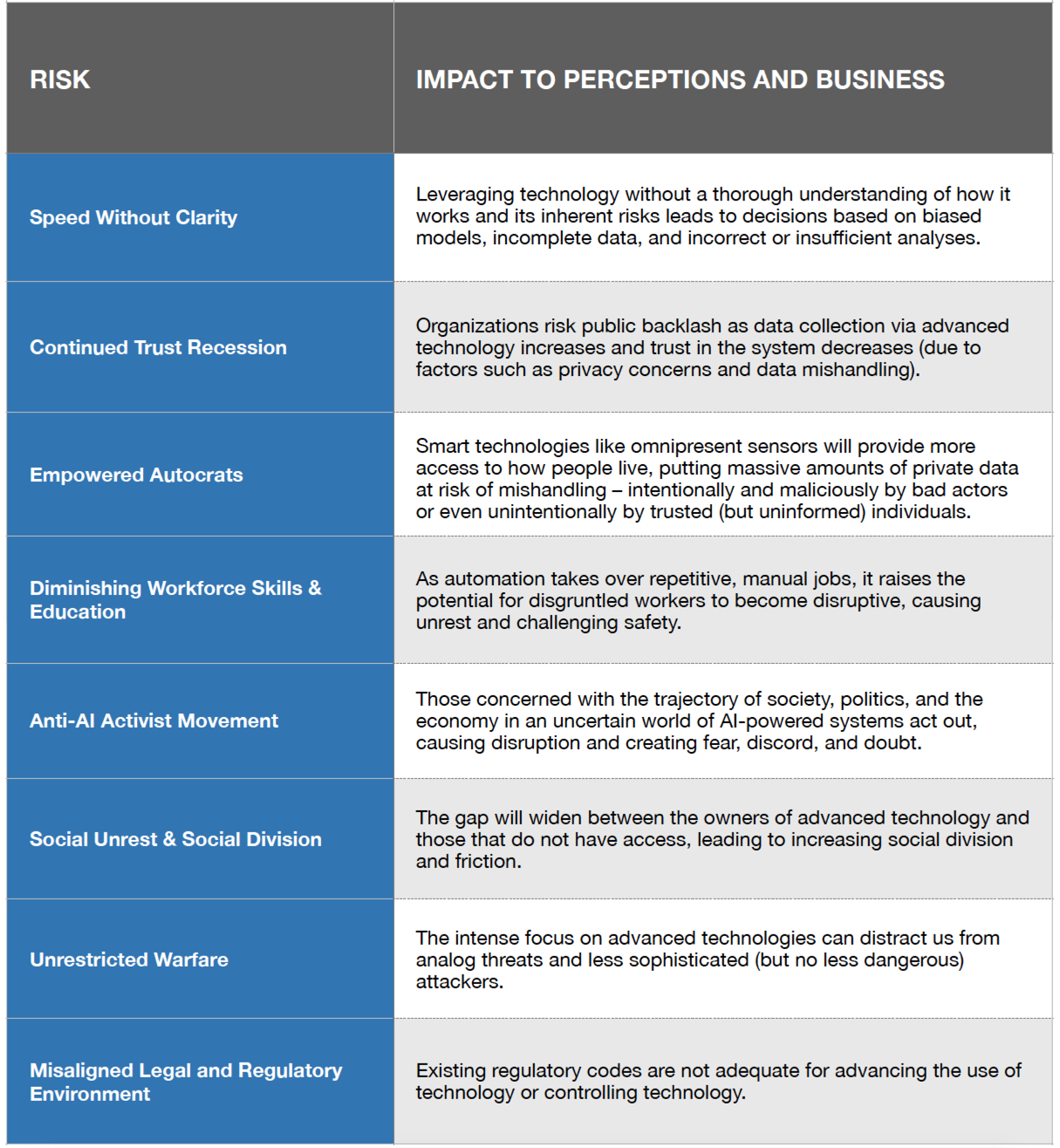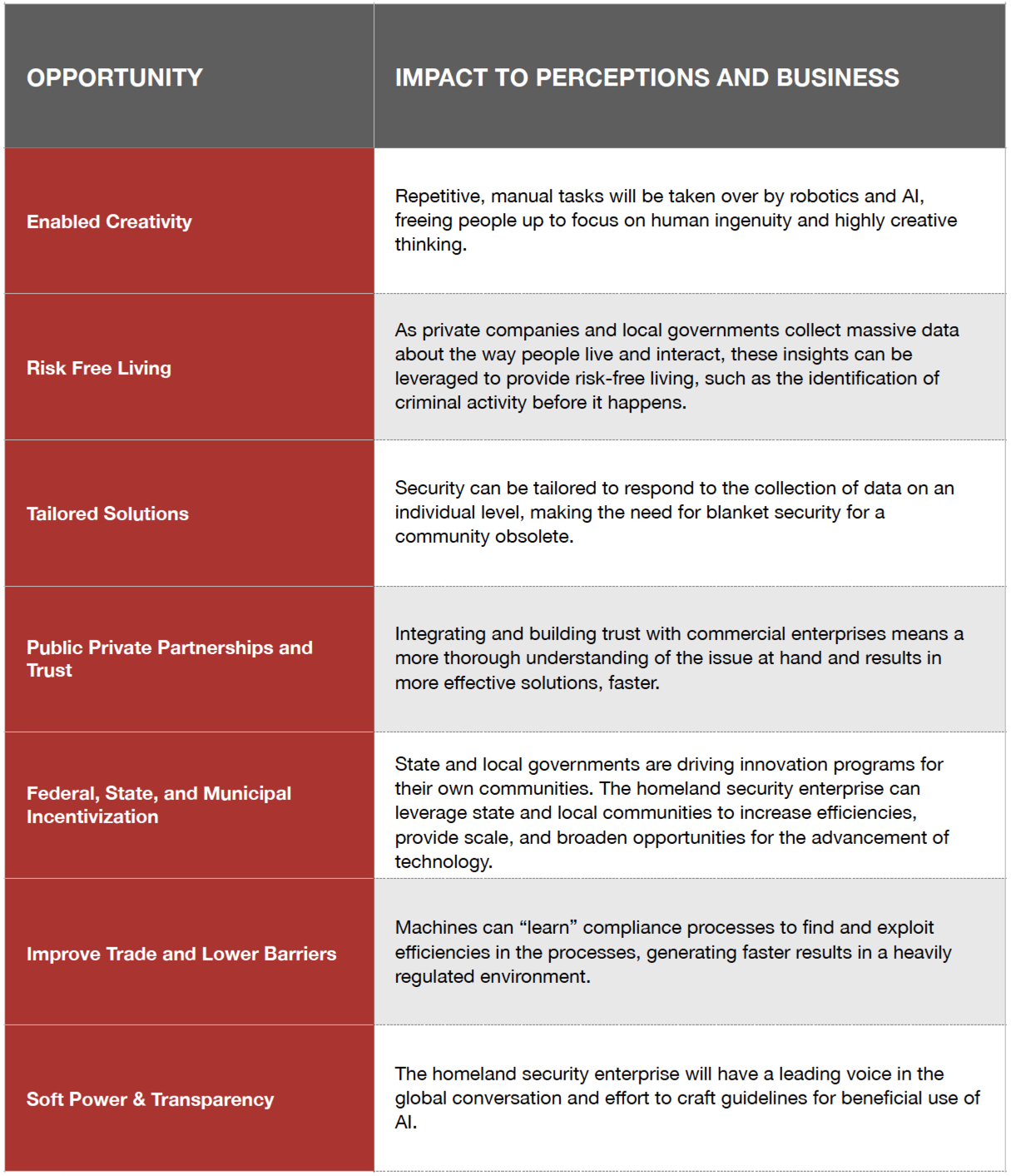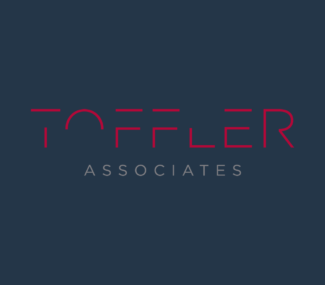Celebrating Choice and Free Will in a Time of Artificial Intelligence

As we gear up for the July 4th holiday, celebrating 243 years of American independence and exceptionalism, it’s important for us to take a moment to reflect on and appreciate the blessing of choice that we Americans enjoy daily. We are free to choose what to wear, where and what to eat, whom to follow, and what to say.
We are progressing into the epicenter of the Knowledge Age, powered by data gathered from a proliferation of technical, machine, and human sensors. U.S. corporate titans are fueling innovation and global commerce. And at the frontier of technological developments like artificial intelligence (AI), quantum computing, and bioinformatics, we see our power of choice expanding and contracting. More specifically, the debates surrounding AI (particularly as a general concept – artificial general intelligence) focus on issues of ethics, principles, what about it is explainable, and what AI qualifies as good or bad. AI innovators within government and corporate R&D labs are injecting more and more test data for their machine and deep learning algorithms to ingest, while trying to understand why the machine did X. (We’re past the point of asking if it did something or even how.)
Thomas Hobbes and David Hume both emphasized the concept of liberty, free will, and the ability of a person to act in his or her own will without “external impediments.”[1] Technological innovation within the AI ecosystem actually may be external impediments that limit our free will. As we’ve produced applications and bots that have taken over what we used to do (e.g., repetitive manual tasks), it’s ostensibly freed us to have more choice in what we do with our work and time. In reality, however, whether or not we actually are free to do more may depend more on the intent of the AI system’s development team and our trust level with them and the system itself. Ultimately, the demands of the technology may constrain and limit our choices and decision-making power.
The Evolution of Decision-Making
Let’s take a look at how we’re moving through the decision-making control spectrum.[2]
It has progressed from:
- Human-led
- Human-led, machine supported
- Machine-led, human supported
- Machine-controlled
With more and more control held by machines, our leaders, operators, investors, and consumers must learn to see and think past the hype of AI-enabled systems, move away from lazy biases and long-held heuristics, and begin to think critically. This call is coming from a host of industries. In an open letter on the threats of AI’s potential, signatories comprised of technology ‘titans’ and innovators, hard science geniuses, and world-renowned financiers (including Elon Musk, Stephen Hawking, Noam Chomsky, and Steve Wozniak) have expressed that while they see potential in AI, they also warn of its “dangerous” attributes if not properly managed. This threat is especially real if autonomous systems are militarized with malicious intent.[3]
Seeing the Horizon Close Up
The Toffler Associates’ Futures Lab has followed disruptive technologies like AI for some time. We regularly gather intellectuals, technologists, policy wonks, investors, early stage/startups, and others from a variety of sectors and roles to discuss the risks and opportunities of these types of technologies. Our conversations cross a multitude of sectors, industries, and domain areas like society, politics, environment, and economics to dig deep into the far-reaching implications of these technologies in the present and as we look forward into the future. To facilitate the executive workshops, engagements, and discourse, the Toffler Associates team conducts intensive research and analysis on these technologies.
A component of our research explored the convergence of frontier technology, such as AI, robotics, autonomy with the notion of trust erosion. Trust levels in government and commercial institutions fluctuate and often are decreasing year over year, especially as these institutions regularly hoard upwards of petabytes of data. For example, a Pew Research Center survey noted a steep decline in trust we have in government – from 75% in 1959 to 17% in 2019.[4] These very institutions are investing in designing and developing algorithms and AI-powered systems to deploy for homeland security and commercial use. Consumers cycle between the perceived benefits and convenience of the technology, but also the reputation of the technology sponsor and ultimate purpose of the technology (and data gathered).
From these sessions and analysis, we’ve compiled some of the broader reaching risks and opportunities below.


Given the fluctuating global (and local) operational environment, the growing complexity of threats, and the trickle-down of advanced technology (like AI) into our public, daily lives, it’s more important than ever for organizations to move past ‘shock and awe’ and start taking thoughtful action. As they do, keeping a focus on the future also requires applying the lens of scale to understand processes, functions, capabilities, and concepts that will benefit from technological augmentation or transformation.
5 Ways Future-focused Organizations Can Use Advanced Technology to Thrive
- Implement ‘sensing’ efforts to inform and refine the enterprise’s perspective on sources of disruption and potential impacts on their market, industry, and sector (including workforce, supplier network, and consumers)
- Design, develop and implement ‘deep futures’ capability
- Build and empower a culture of change and agility, beginning with the workforce
- Stand up rapid innovation and solution prototype capabilities that test AI-powered systems in a controlled environment with valid test data
- Develop external partnerships with various levels of federal, state, and local governments and commercial domains to drive innovation, enhance the production of AI-powered systems, also escaping the hypnosis of the ‘echo chamber’
These are the efforts necessary for creating the structures that leaders and operators need to build a grounded perspective that sees AI as a tool that empowers decision-making. The freedom of choice and liberties we enjoy allow us to be inquisitive and critical. Embedding mechanisms to understand the convergences of technology, societal norms, political and economic drivers, and implications to industry and markets enables organizations to truly see opportunities and manage risks.
What risks are you tracking? What opportunities have you started to explore with frontier technology?
{{cta(’28f90551-e341-4a10-a17c-ef9715190da6′,’justifycenter’)}}
[1] https://www.iep.utm.edu/freewill/
[2] Curt Savoie, IDC, 2019 AI World Government Summit
[3] https://futureoflife.org/open-letter-autonomous-weapons/
[4] https://www.people-press.org/2019/04/11/public-trust-in-government-1958-2019/
- Categories
- Workforce of the Future


 About the Authors
About the Authors